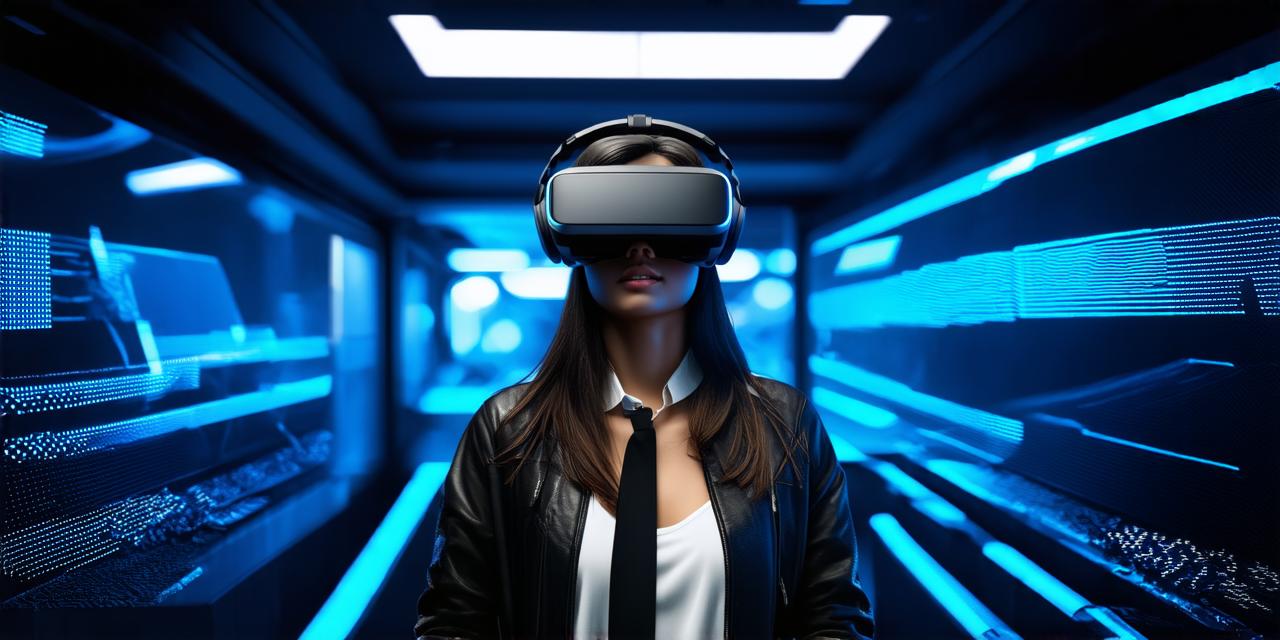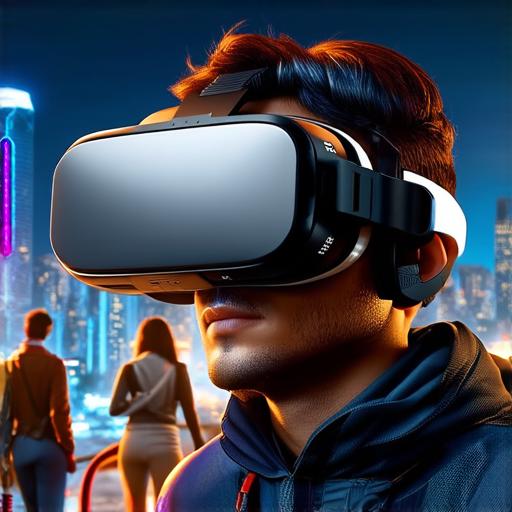
How do you make use of virtual reality?
Virtual reality (VR) technology is rapidly advancing, and it’s becoming increasingly popular in various industries, including gaming, healthcare, education, and real estate. As a developer, you may be wondering how to make the most of this innovative technology. In this comprehensive guide, we will explore some of the best ways to leverage VR to create immersive experiences for your users.
Introduction: What is Virtual Reality?
Virtual reality is an interactive computer-generated simulation in which a person can interact with and explore a simulated environment using specialized electronic equipment, including headsets or goggles, gloves, and motion tracking sensors. The aim of VR technology is to create a realistic, immersive experience that engages the user’s senses and allows them to feel as though they are in a different world.
The Benefits of Virtual Reality for Developers
Virtual reality has many benefits for developers, including:
- Improved User Experience: VR technology can create highly immersive experiences that engage the user’s senses and allow them to interact with virtual objects in a realistic way. This can lead to increased engagement and satisfaction.
- Enhanced Training and Education: VR technology can be used for training and education purposes, allowing users to simulate real-life scenarios and practice skills in a safe and controlled environment.
- Increased Productivity: Virtual reality can be used to create simulations of complex systems or processes, allowing developers to visualize and test ideas before they are implemented in the real world. This can lead to increased productivity and efficiency.
- Reduced Costs: VR technology can be used to create virtual prototypes or models, reducing the need for physical components and minimizing the risk of errors or damage during testing.
Case Studies: Real-life Examples of Virtual Reality in Action
1. Architecture: Virtual reality can be used by architects to design and visualize buildings and other structures in 3D. This allows them to see how a building will look and function in real life before it is constructed, saving time and reducing the risk of errors.
2. Healthcare: Virtual reality can be used in healthcare settings to simulate surgeries and other medical procedures. This allows doctors and nurses to practice their skills in a safe and controlled environment, improving patient outcomes and reducing the risk of mistakes.
3. Education: Virtual reality can be used in education settings to create simulations of historical events or scientific concepts. This allows students to experience these events or concepts in an immersive and engaging way, improving their understanding and retention of information.

4. Gaming: Virtual reality technology is increasingly popular in the gaming industry, allowing players to immerse themselves in a highly realistic virtual world. Games can be created for a variety of platforms, including PCs, consoles, and VR headsets.
How to Use Virtual Reality Effectively
To effectively use virtual reality technology, developers should:
- Define the Purpose: Before creating a virtual environment or experience, it’s important to define the purpose of the project. This will help ensure that the end product meets the needs and expectations of the user.
- Choose the Right Equipment: The right equipment is essential for creating an effective VR experience. Developers should consider factors such as resolution, tracking accuracy, and comfort when selecting a VR headset or other equipment.
- Optimize for Performance: Virtual reality experiences can be resource-intensive, so it’s important to optimize the code for performance. This can help minimize lag and ensure a smooth and immersive experience for the user.
- Test and Refine: Once the VR experience is created, it’s important to test it thoroughly and refine it as necessary. This can help identify any issues or areas for improvement, ensuring that the end product meets the needs of the user.


